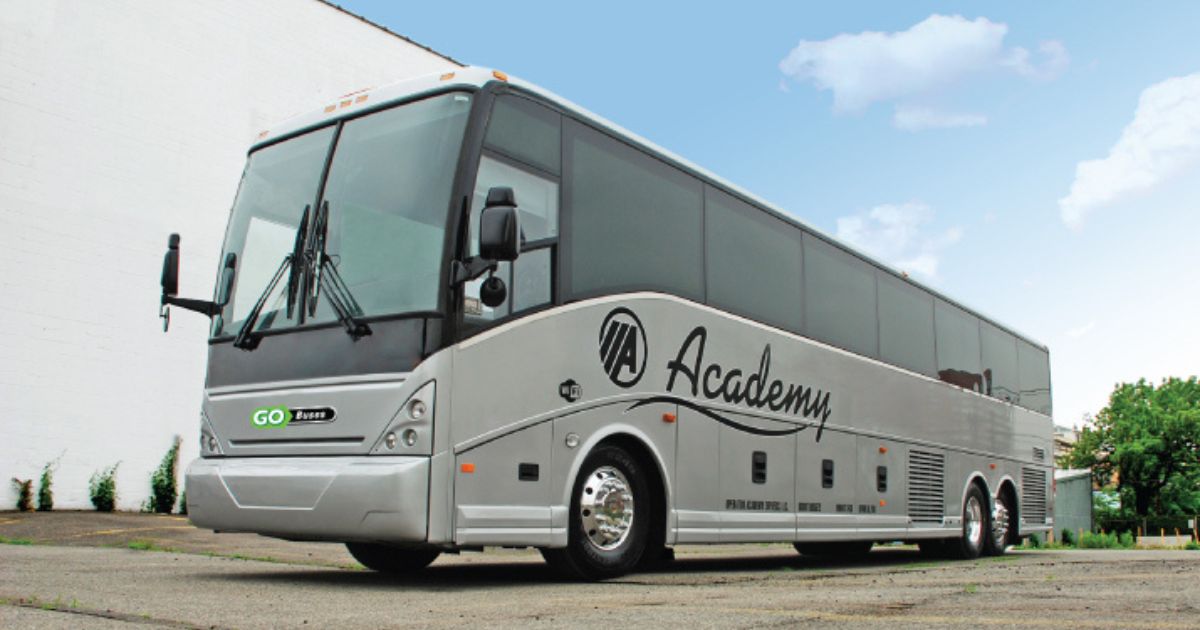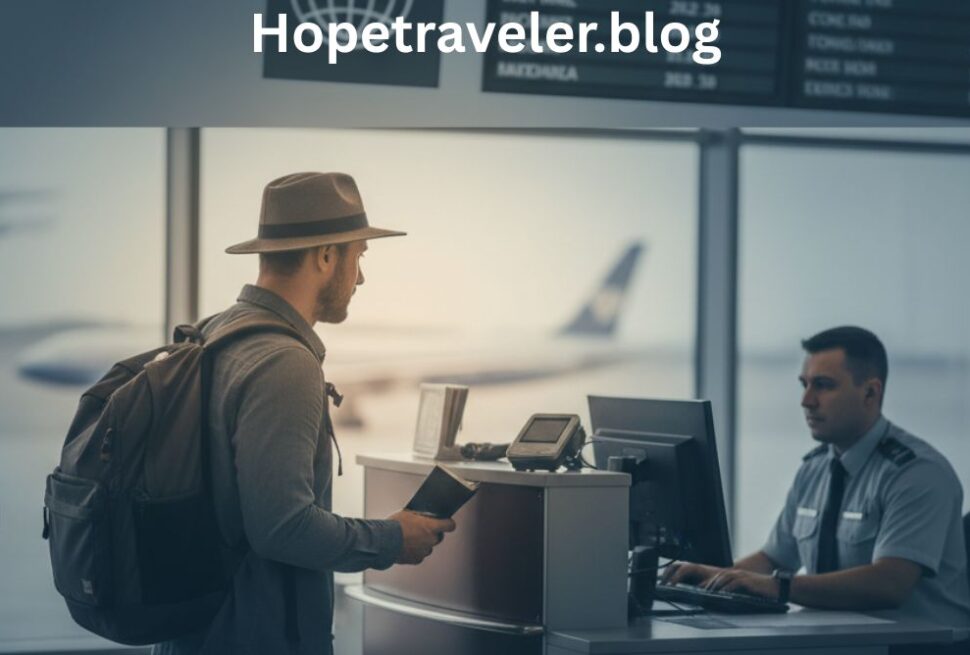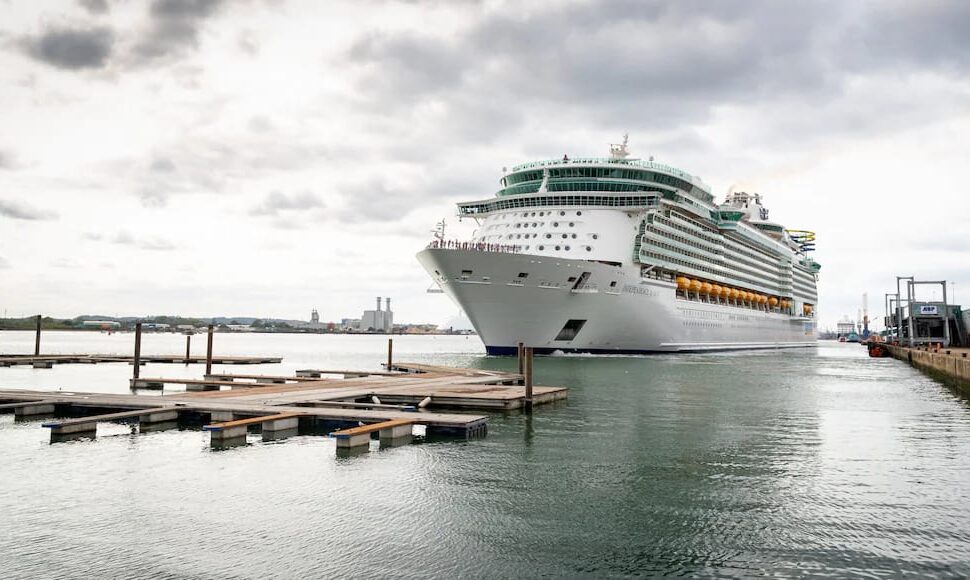Introduction
Traveling from New York to Boston is a frequent journey for students, professionals, and tourists alike. With the rise of affordable and efficient intercity travel options, the New York to Boston bus route has become one of the most popular ways to travel between these two iconic cities. This article explores everything you need to know about this route, from travel times and ticket prices to major bus operators and travel tips. Whether you’re planning a day trip, a business visit, or a weekend getaway, this guide will help you make informed decisions.
Why Choose the Bus from New York to Boston?
Buses have long been a backbone of American intercity travel. With increasing fuel prices, airport security delays, and unpredictable flight cancellations, buses offer an attractive alternative. The route between New York and Boston spans approximately 215 miles (346 kilometers) and typically takes between 4 and 5.5 hours depending on traffic conditions and route variations.
Benefits of Taking the Bus:
- Cost-Effective: Bus fares are significantly cheaper compared to flights or trains.
- Convenience: Numerous departure and arrival points within both cities.
- Comfort: Modern buses come with Wi-Fi, power outlets, reclining seats, and clean restrooms.
- Environmentally Friendly: Buses consume less fuel per passenger than airplanes or cars, making them a greener travel option.
According to Wikipedia, bus transport plays a critical role in intercity mobility across the U.S., offering an affordable means of travel for millions annually.
Major Bus Operators on the New York to Boston Route
Several companies serve the New York to Boston bus corridor. Here’s a look at the top providers:
1. Greyhound
One of the oldest and most recognized bus services in the U.S., Greyhound operates several daily routes between New York and Boston.
- Pros: Established network, multiple time slots, comfortable buses.
- Cons: May be more expensive than competitors during peak times.
2. Megabus
Known for its ultra-low fares and double-decker buses, Megabus is a favorite among students and budget travelers.
- Pros: Online booking, USB ports, panoramic windows, $1 ticket promotions.
- Cons: Fewer stops compared to others.
3. Peter Pan Bus Lines
This regional bus operator is popular in the Northeast and partners with Greyhound.
- Pros: Clean and punctual, comfortable seating.
- Cons: Slightly higher prices during weekends.
4. FlixBus
A newer entry in the U.S. market, FlixBus offers low prices and eco-friendly operations.
- Pros: Sustainable travel, mobile app, GPS tracking.
- Cons: Variable pickup locations in NYC.
5. OurBus
Combines the convenience of intercity buses with crowdsourced pickup/drop-off points based on rider demand.
- Pros: Tech-friendly, snacks, luxury seating.
- Cons: Smaller fleet, limited schedules.
Departure and Arrival Locations
Understanding where your bus departs and arrives can save you time and confusion:
In New York City:
- Port Authority Bus Terminal (42nd Street and 8th Avenue)
- 34th Street between 11th and 12th Avenues (for Megabus)
- Chinatown (various locations)
In Boston:
- South Station Bus Terminal (Atlantic Avenue)
- Back Bay Station
- Alewife Station (North Cambridge, for some OurBus services)
Make sure to double-check the departure location when booking your ticket, as pickup points can vary based on the operator and time of day.
Travel Time and Distance
The average travel time between New York to Boston by bus is 4.5 to 5.5 hours. However, this can fluctuate based on:
- Time of Day: Peak hour traffic in NYC or Boston can add an hour or more.
- Weather Conditions: Snow or rain may cause delays.
- Route Taken: Some buses make multiple stops, which can increase duration.
For the fastest travel, consider early morning or late evening departures to avoid rush-hour congestion.
Ticket Prices and Booking
Bus fares can vary dramatically depending on the provider, date, and how early you book. Here’s a general breakdown:
- Low End: $5 – $15 (FlixBus, Megabus with promo codes)
- Mid Range: $20 – $40 (OurBus, Peter Pan)
- High End: $45+ (Greyhound Express, peak times)
Tips for Booking:
- Book early to secure the best rates.
- Compare different bus operators using platforms like Wanderu or Busbud.
- Look for student, senior, and group discounts.
- Avoid peak weekend travel for cheaper fares.
What to Expect on the Bus
Today’s intercity buses are no longer the cramped and outdated vehicles of the past. Most buses offer:
- Free Wi-Fi
- Power outlets
- Air conditioning
- Reclining seats
- Onboard restrooms
- Overhead and undercarriage luggage storage
Many operators also have mobile apps for boarding passes, bus tracking, and real-time updates.
Best Time to Travel
If you’re looking to avoid traffic and save money:
- Travel midweek (Tuesday to Thursday)
- Avoid Friday afternoons and Sunday evenings
- Early morning departures (6 AM – 9 AM) are ideal for a smoother ride
Fall and spring are considered the most scenic times to travel due to the beautiful foliage in the Northeast corridor.
Alternatives to Buses
While buses are the most budget-friendly, here are other options to consider:
Train
Amtrak’s Northeast Regional and Acela Express provide faster journeys with more legroom and food service—but at significantly higher costs (starting around $49 and reaching $150+ for Acela).
Flights
Flights between NYC and Boston take about 1 hour but involve longer check-in and security times. Combined with airport transfers, the total journey can exceed 4 hours, often at a higher cost.
Car Rental
Ideal for groups or those who want flexibility. But consider fuel, tolls, and parking costs.
Safety and COVID-19 Precautions
In the wake of the pandemic, bus companies have introduced new safety measures:
- Enhanced cleaning protocols
- Mask policies (vary by operator)
- Contactless boarding
- Hand sanitizer stations
- Social distancing (where possible)
Always check the latest travel guidelines and operator policies before booking.
FAQs: New York to Boston Bus
Q: How often do buses run between New York and Boston?
A: Buses run almost hourly during peak times, with more than 50 departures daily across different providers.
Q: Can I bring luggage on the bus?
A: Yes. Most operators allow one carry-on and one checked bag. Extra bags may incur a fee.
Q: Are pets allowed?
A: Generally no, except for service animals as defined by the Americans with Disabilities Act.
Q: Is it safe to travel at night?
A: Yes, especially with reputable operators. Just remain alert and keep valuables secure.
Conclusion
The New York to Boston bus route is a reliable, budget-friendly, and comfortable way to travel between two of America’s most vibrant cities. With various operators offering different amenities and price points, there’s an option for every traveler. Whether you’re a student heading back to campus, a professional attending a conference, or a tourist exploring the Northeast, hopping on a bus remains one of the smartest travel choices.
From historic architecture in Boston to the dazzling lights of Manhattan, this route not only connects two major cities but also offers a journey filled with comfort, convenience, and affordability. So the next time you plan your trip, skip the stress of airports and consider a smooth, scenic ride on the bus.




